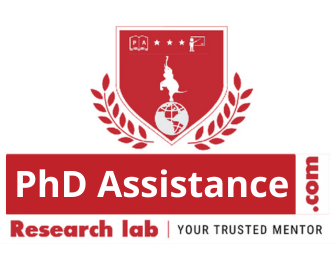Academic Q & A
Get Expert Support for Your Research Writing and Publishing Needs with PhD Assistance!
- Asked on April 21, 2025
Reinforcement Learning (Q-Learning/DRL): Applied for routing but does not scale efficiently
- Asked on April 21, 2025
Theoretical Gaps: Theoretical frameworks for unified trust-anomaly are missing
- Asked on April 21, 2025
Military Use Cases: Really fast detection, very high security, and minimal delays
- Asked on April 21, 2025
Metrics Vary Widely: Packet Delivery Ratio, End-to-End Delay, Throughput, Detection Accuracy are common terms
- Asked on April 21, 2025
The Synthetic Data Could Be More: Traffic generated randomly generally does not reflect real-world characteristics
- Asked on February 28, 2025
Scalability Limitations: DRL agents often come to failure within extremely high mobility of nodes or very large networks.
- Asked on February 28, 2025
Centralized Detection System: Still Adopted but risks data aggregate and leakages
- Asked on February 28, 2025
IEEE 802.11s (Wireless Mesh): At best, highly sparingly considered in either simulation or protocol
- Asked on February 28, 2025
Trust Is an All-Inclusive Term: Definitions and calculation methods vary widely, and there is no consensus
- Asked on April 21, 2025
Traditional Routing Protocols: AODV, DSR, OLSR dominate early solutions

